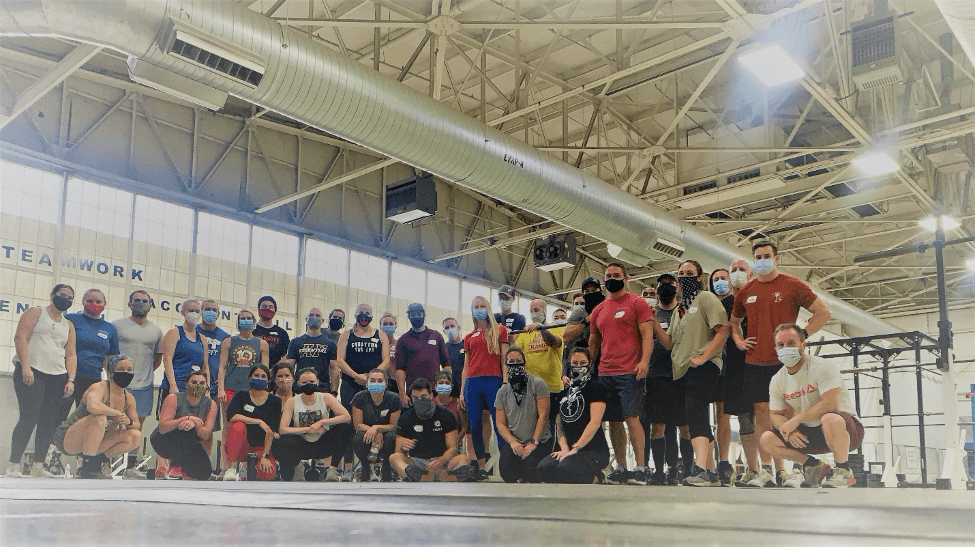What does a 25 year old fitness athlete in sports have in common with a 65 year old patient recovering from a total knee replacement? You might be surprised to know that they should be doing very similar strength exercises! While the level of resistance will naturally vary, our bodies all function and perform the same way thanks to the laws of physics. Plus, we actually need more challenging exercises as we age to counteract the 1-2% loss of muscle mass which occurs roughly around 40 years.
The beauty of strength training is that it is versatile and can be adapted to any age. Studies such as the LIFTMOR research program have proven through scientific research that 5 x 5 reps/sets at 80% of maximal effort is shown to increase muscle gains and mineral density, thereby reducing risk of injury. Strength gains happen at 70% of muscle contractile forces. Thus if you are doing the same theraband exercises, which only tend to recruit around 30-50% of full muscle contractile force, it is typically not enough of a challenge on the body to create major physiological changes in strength gains.
Research shows strength and interval training is incredibly effective for everyone. In fact, adults should be aiming for 150-300 minutes of moderate intensity exercise per week. Increasing heart rate with short rest breaks in between not only strengthens muscle and cardiovascular endurance but helps pump circulation faster to flush out stiffness and inflammation that we all eventually experience. Athletes will perform better and adults will reduce injury and fall risk.
Learning techniques such as the squat, deadlift, and overhead presses are functional and can be taught by a qualified physical therapist or personal trainer. They can check your joint mobility necessary for proper lifting technique to ensure safety against injury. Additionally, fine tuning simple mechanics such as adding a heel lift for squats for those with limited ankle motion can make a world of difference in the efficiency and comfort of your workouts. Quality of program design is imperative when it comes to long term strength gains. A good program design should have an adequate volume/quantity of work to challenge the body but not overload it to the point of injury. It should take into consideration quality of mechanics and focus on a somewhat hard intensity using heartrate or RPE (rate of perceived exertion) scale to monitor efforts.
Consistency and technique are everything. As the saying goes, quality outperforms quantity every time. When done with proper mechanics, strength training is what gives our soft tissues resilience and prevents injury to squat, lift, reach, push and pull. From power sports to picking up grandkids and hanging Christmas lights, we could all use a bit more stability and confidence for optimal movement in all seasons of life. A simple tip is to always maintain abdominal bracing throughout a lifting movement in order to improve back stability and prevent injury. Be a pressurized coke bottle versus a water bottle! My encouragement is to think about what you love to do and work on specific strengthening tasks which will help you achieve those lifelong habits that create joy and confidence in your health. Also, remember that you cannot out exercise a poor diet or lack of sleep since these are the primary source of recovery and fuel for the body. They are vital to our health and success just as much as lifting heavy items are to remaining resilient against injury and diseases. Maybe you are a young athlete looking to try the challenge of CrossFit or perhaps you’re an older adult looking to enjoy the social setting of a Bodypump class at your community center. Whatever you choose, check with a health professional to help you get started on the right path!
Tags: exercise, Fitness, training, athlete, adults, stay active



